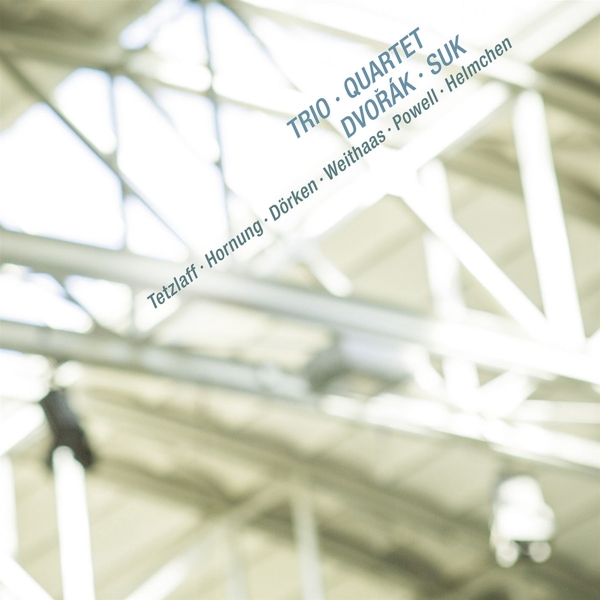Other products from Antje Weithaas |
My Account
|
Log In
|
English |
€ Euro |
Advanced Search
|
All Categories
BEST SELLER
500
NEW RELEASES
9.110
SPECIALS
230.858
Your search:
No selection
Filter results:
TECHNICS
269.403
GAMES/SOFTWARE
26.172
MUSIC
707.178
Christian Music
733
- Asia Pop
9.332
- Austro Pop
211
- Brit Pop
247
- Dutch Pop
1
- Euro Pop
37
- French Pop
486
- Indie Pop/Lo Fi
24
- Italo Pop
293
- Latin Pop
6.835
- MiddleoftheRoad
2.584
- Oldies
71
- Other Pop
230.304
- Party
31
- Synthi Pop
315
- The 60s
272
|
Music Movie Audiobooks Merchandise Children's |


























